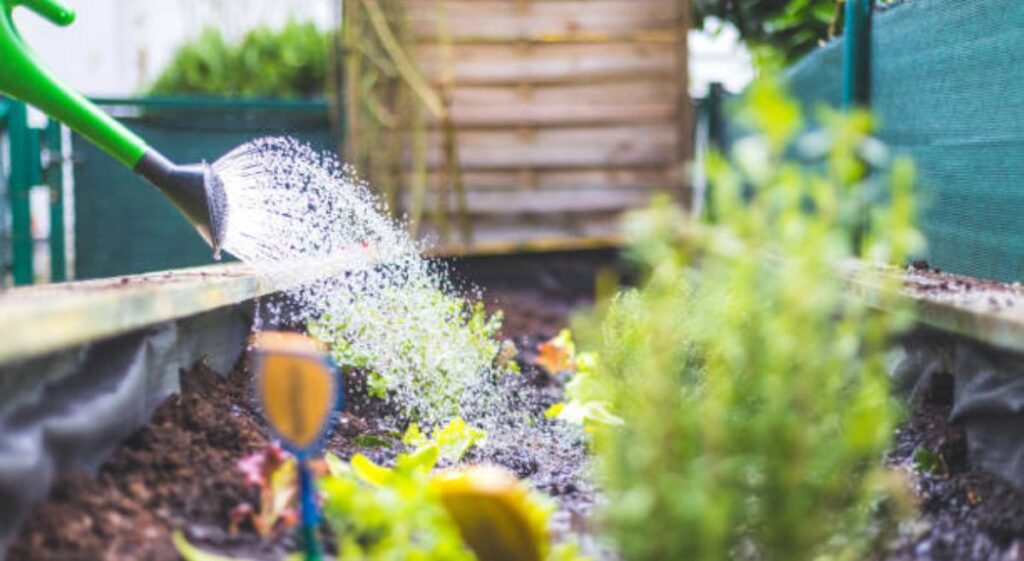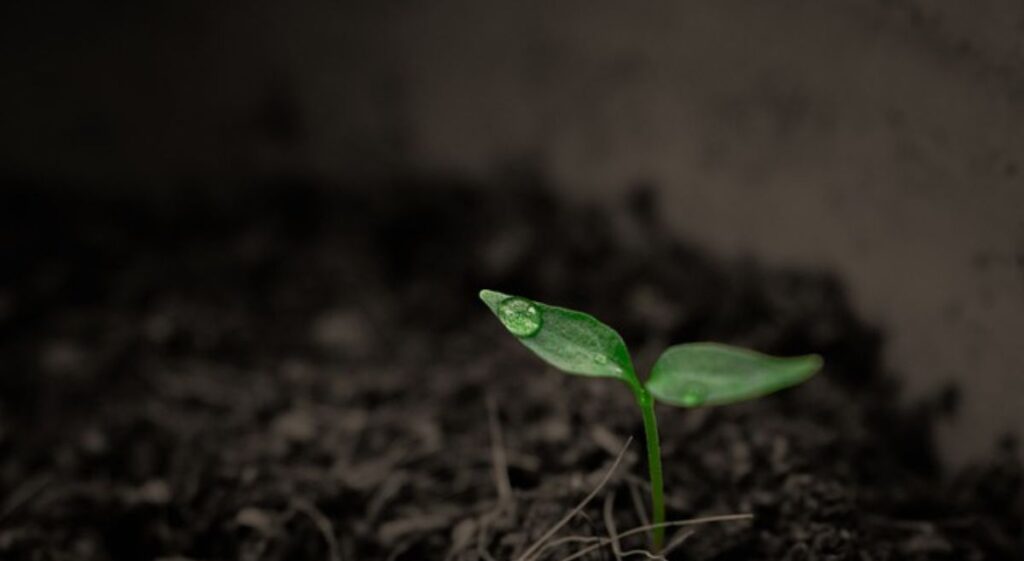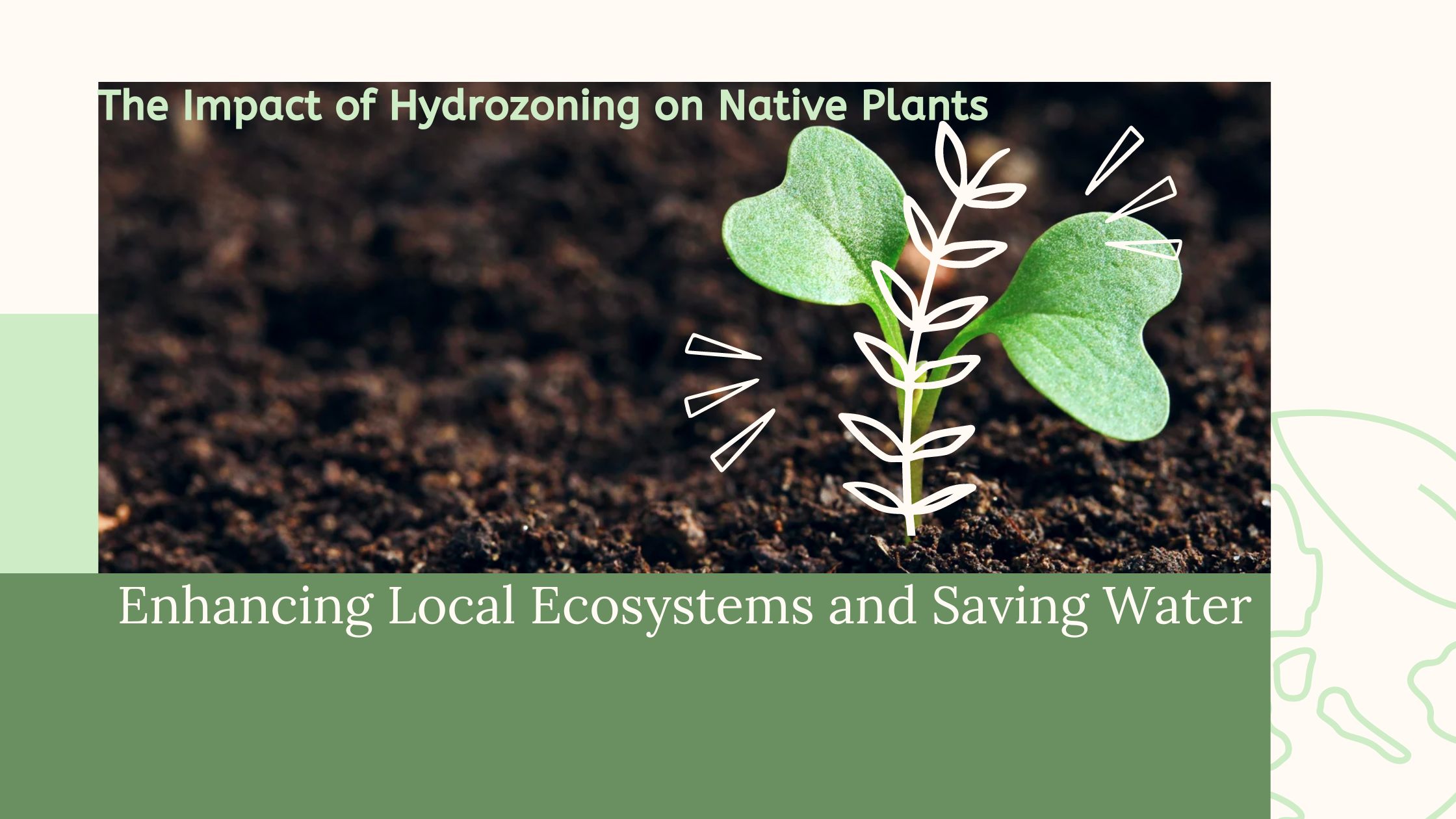Introduction:-
The Impact of Hydrozoning on Native Plants: Enhancing Local Ecosystems and Saving Water

Hydrozoning, a revolutionary landscaping technique, optimizes water usage and supports native plants. It creates watering zones based on plant needs, promoting water conservation and environmental resilience..
Hydrozoning: Divide a landscape into zones based on plant water needs for efficient watering and healthy plants.
Native Plants: Species naturally evolved in a region, providing resilience, low maintenance, habitat, and food for wildlife, contributing to ecosystem health.
The Impact of Hydrozoning on Native Plants
- Optimized Water Use:
- Native plants typically require less water than non-native species, as they are adapted to local rainfall patterns. Hydrozoning ensures that these plants receive the right amount of water without excess, promoting healthy growth and reducing the risk of diseases caused by overwatering.
- Improved Soil Health:
- Hydrozoning helps maintain the natural soil conditions that native plants thrive in. By avoiding overwatering, the soil retains its structure and nutrient balance, which is crucial for the health of native plants.
- Reduced Competition:
- When native plants are grouped with others that have similar water needs, they face less competition for resources. This encourages stronger root systems and more robust growth, enhancing the overall vitality of the plants.
- Support for Local Wildlife:
- Healthy native plants provide better habitat and food sources for local wildlife. Hydrozoning helps maintain these plants in optimal condition, ensuring that they can continue to support the local ecosystem effectively.
Water Conservation Through Hydrozoning
- Efficient Watering:
- Hydrozoning allows for targeted watering, reducing water waste. By applying water only where it is needed, you can significantly cut down on overall water usage, which is especially important in areas prone to drought.
- Lower Maintenance:
- Native plants, when properly hydrozoned, require less frequent watering and maintenance. This not only saves water but also reduces the time and effort needed to care for the landscape.
- Cost Savings:
- By conserving water through hydrozoning, you can lower your water bills and reduce the need for additional irrigation infrastructure. This makes hydrozoning an economically viable option for both residential and commercial landscapes.
- Environmental Benefits:
- Water conservation is critical in preserving local water resources. Hydrozoning contributes to the sustainable use of water, reducing the strain on local water supplies and helping to protect natural ecosystems from the effects of over-extraction.
Practical Steps to Implement Hydrozoning
- Assess Your Landscape:
- Start by evaluating the water needs of the plants in your garden or landscape. Group plants with similar water requirements together and identify areas that may need adjustments.
- Design Watering Zones:
- Create distinct zones based on the water needs of different plant groups. Use drip irrigation or soaker hoses to provide precise watering to each zone.
- Monitor and Adjust:
- Regularly monitor the health of your plants and adjust your watering schedule as needed. Seasonal changes and varying weather conditions may require modifications to your hydrozoning plan.
- Incorporate Native Plants:
- Whenever possible, choose native plants for your landscape. They are naturally suited to your local environment and will thrive with minimal water input when properly hydrozoned.
What are the benefits of hydrozoning in landscaping?
Improved Landscaping with Hydrozoning: Optimizing Water Usage and Aesthetics

Hydrozoning is a landscaping technique that brings numerous benefits, including efficient water utilization and enhanced garden sustainability. By grouping plants with similar water needs together, this approach promotes water conservation and reduces water wastage.
Let’s explore the key advantages of hydrozoning:
- Water Conservation and Cost Savings: Hydrozoning minimizes water wastage by ensuring plants receive the right amount of water, preventing both over-watering and under-watering. This approach leads to significant water savings and lower water bills, providing both environmental and financial benefits.
- Improved Plant Health: Hydrozoning promotes plant health by providing the precise moisture requirements of different species. This reduces the risk of diseases caused by overwatering, such as root rot, and prevents drought-tolerant plants from suffering from excessive moisture.
- Enhanced Landscape Aesthetics: Hydrozoning allows for the creation of distinct zones in a landscape, each tailored to specific plant types. This enhances the visual appeal of the garden by combining plants with similar growth habits and aesthetic characteristics.
- Environmental Sustainability: Hydrozoning contributes to environmental sustainability by promoting the use of native and drought-tolerant plants, reducing water consumption, and supporting local ecosystems. It also helps minimize the carbon footprint associated with water pumping and treatment.
- Efficient Irrigation Management: With hydrozoning, irrigation systems can be customized to meet the specific needs of different zones. This precision allows for more efficient use of irrigation systems, reducing the need for frequent adjustments and maintenance.
- Increased Property Value: A well-maintained, water-efficient landscape can boost property value. Buyers increasingly seek sustainable features, and hydrozoning can be a selling point for eco-conscious consumers.
Incorporating hydrozoning into landscaping strategies not only benefits the environment but also enhances the functionality and beauty of outdoor spaces. By grouping plants with similar water requirements, hydrozoning optimizes water usage, promotes plant health, enhances landscape aesthetics, contributes to environmental sustainability, allows for efficient irrigation management, and increases property value.
What are the best native plants for a hydrozoned garden?
Native Plant Recommendations for Hydrozoned Gardens
When choosing native plants for a hydrozoned garden, consider your region’s climate and ecosystem. Here are some excellent options that thrive in various water zones:
Low-Water Zones
- Yarrow (Achillea millefolium): A drought-resistant perennial with fern-like leaves and clusters of colorful flowers.
- California Poppy (Eschscholzia californica): A vibrant orange-flowered plant native to California.
- Lavender (Lavandula spp.): Certain species of lavender are well-suited to dry climates, adding fragrance and beauty.
Moderate-Water Zones
- Purple Coneflower (Echinacea purpurea): A North American native known for its striking purple flowers and pollinator attraction.
- Switchgrass (Panicum virgatum): A versatile plant that tolerates both dry and moderately moist conditions.
- Wild Indigo (Baptisia australis): A native plant that produces blue flowers and supports local wildlife.
High-Water Zones
- Cardinal Flower (Lobelia cardinalis): A striking plant with red flowers that thrives in wet areas and attracts hummingbirds.
- Marsh Marigold (Caltha palustris): A native plant that adds vibrant yellow flowers to wet, marshy areas in early spring.
- Swamp Milkweed (Asclepias incarnata): A North American native that thrives in wet conditions and is crucial for monarch butterflies.
Regional Considerations
- Southwest U.S.: Consider plants like agave, desert marigold, and creosote bush.
- Midwest U.S.: Prairie dropseed, wild bergamot, and black-eyed Susan are excellent choices.
- Southeast U.S.: Look for plants like oakleaf hydrangea, sweetshrub, and Southern magnolia.
Tips for Selecting Native Plants
- Consult with local nurseries or native plant societies for region-specific recommendations.
- Choose plants that support local wildlife and ecosystems.
- Ensure the plants are compatible with your garden’s water zone to create a water-efficient landscape.
Conclusion
Incorporating hydrozoning into your landscaping offers a groundbreaking approach to nurturing native plants while effectively conserving water. By establishing distinct watering zones based on the requirements of various plant groups, you not only enhance the resilience of native species but also invigorate local ecosystems. This practice not only beautifies your landscape but also transforms it into an eco-friendly and water-efficient oasis. Whether you’re an avid home gardener or a seasoned landscaper, adopting hydrozoning is a transformative step towards creating a sustainable and visually captivating outdoor space.
References
- EPA.gov: Hydrozoning for water conservation and plant health.
- UC ANR: Grouping plants by water needs and implementing hydrozoning.
- Wildflower.org: Native plants’ role in ecosystems and benefits of using them in landscaping.
- ASLA.org: Sustainable landscaping practices, including hydrozoning, and their impact on water efficiency and ecosystem health.
- NWF.org: Advantages of using native plants in landscaping, focusing on ecological benefits and water conservation.
